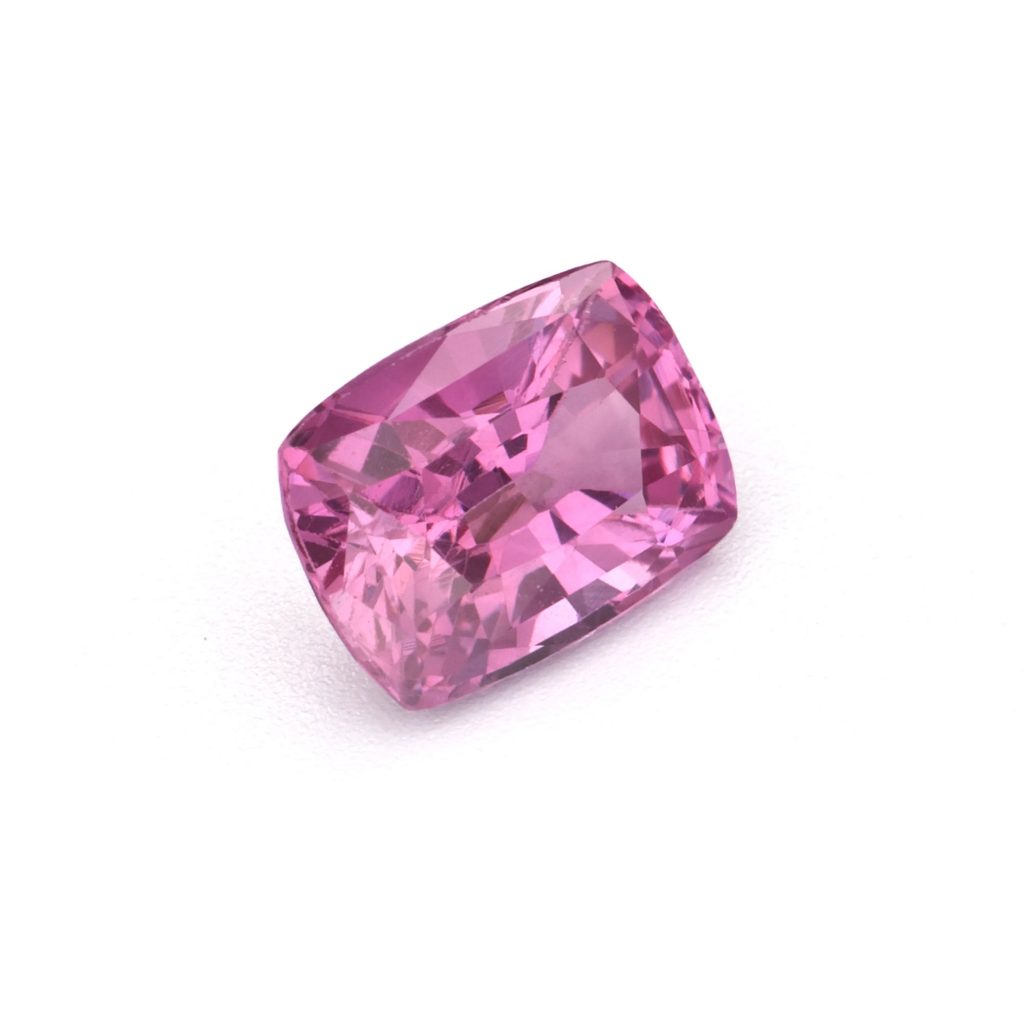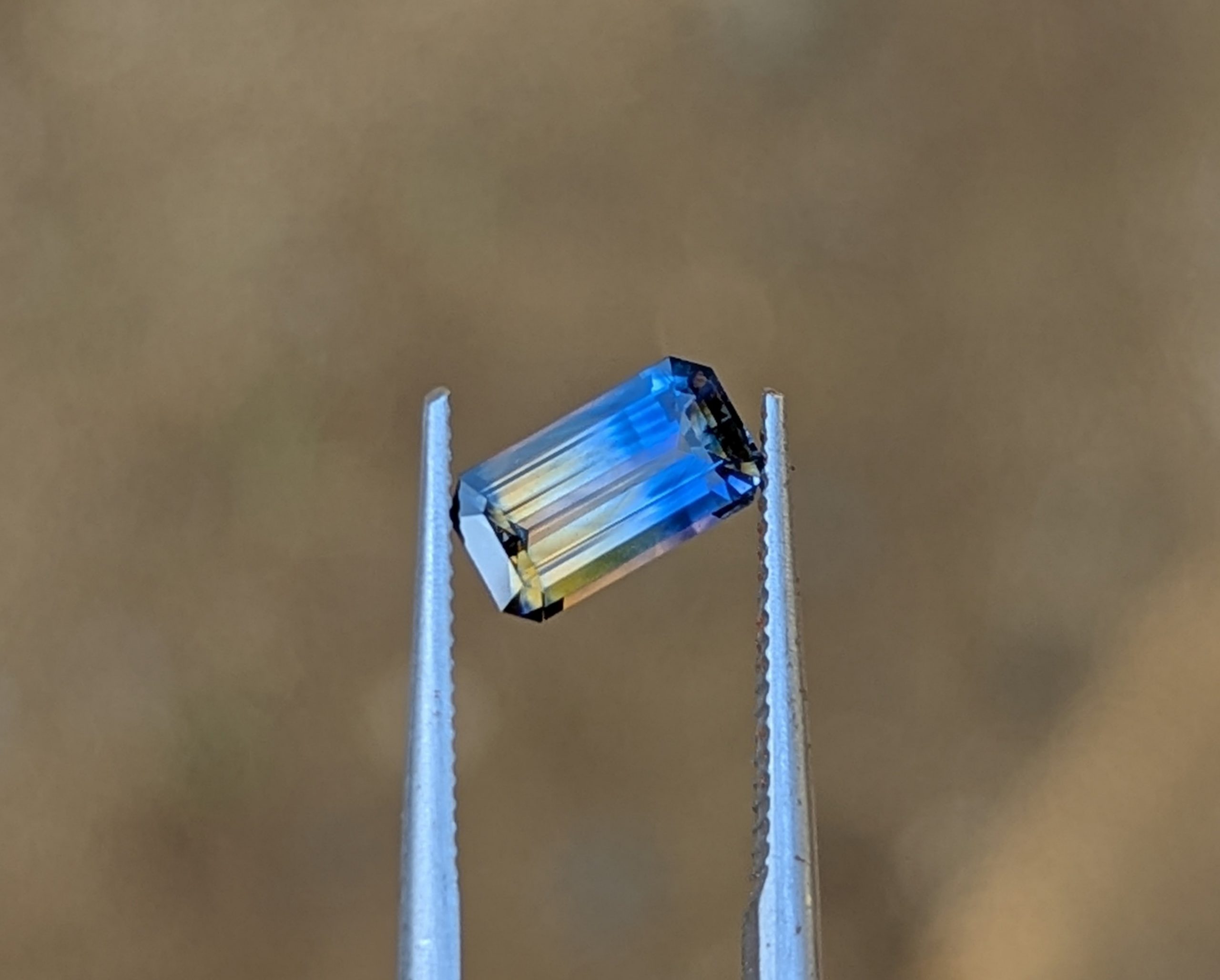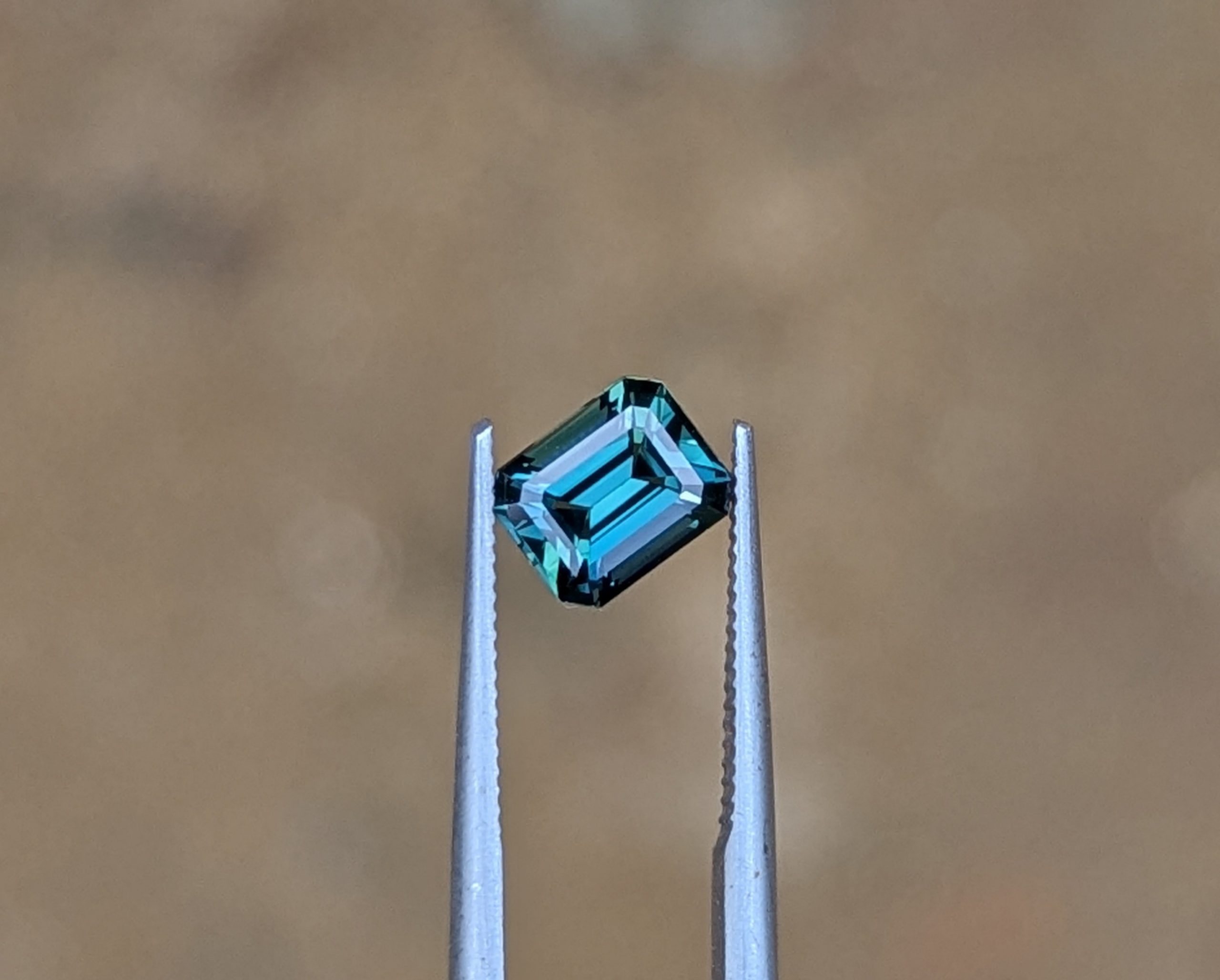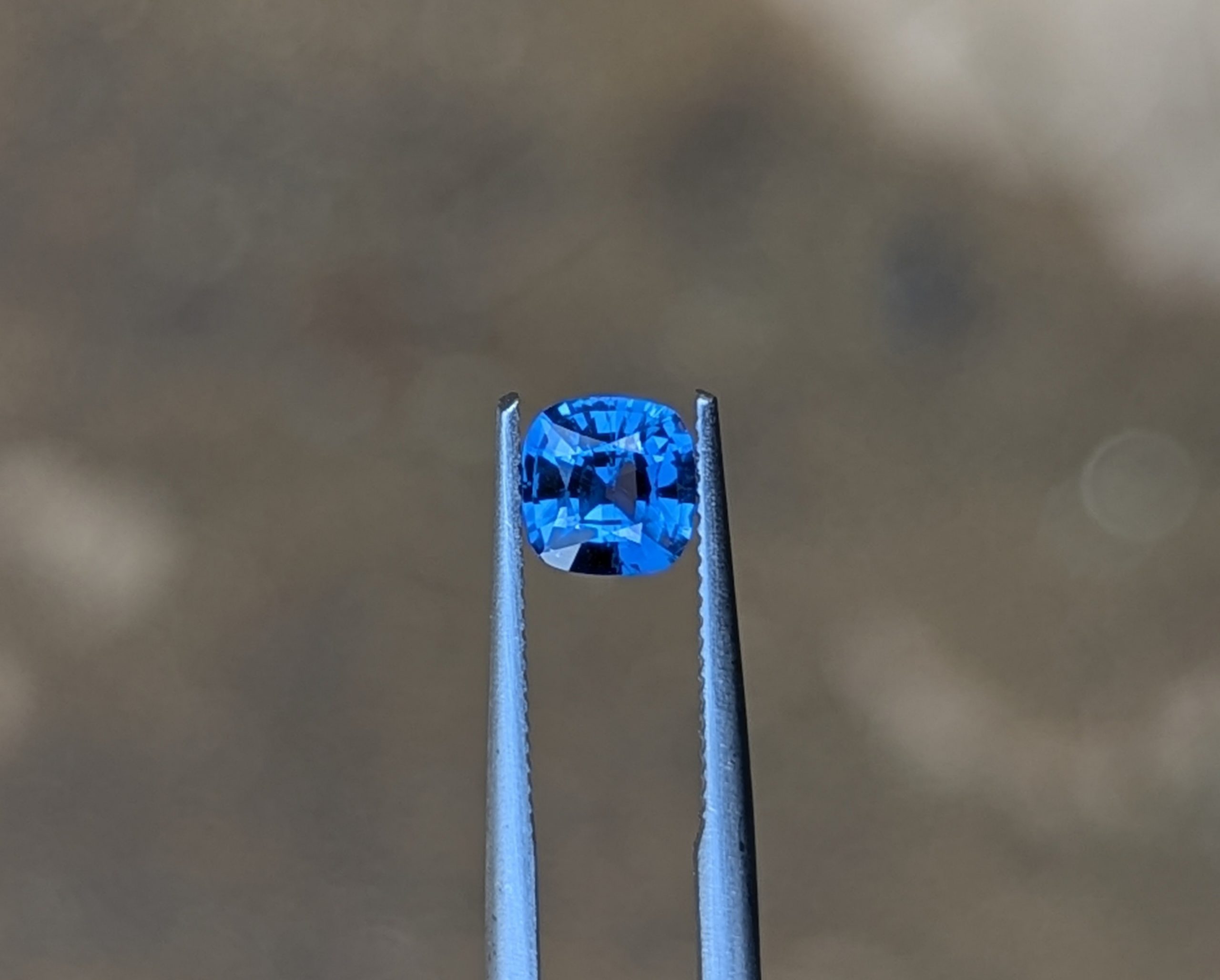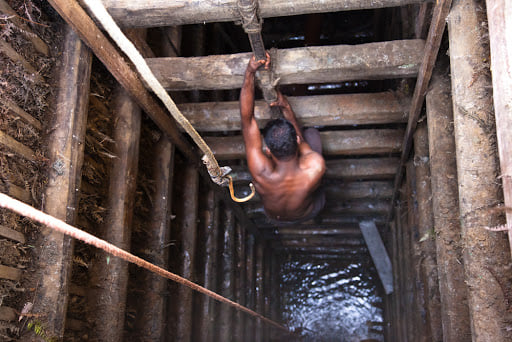Add 300,00 € to cart and get free shipping!
Your shopping bag is currently empty
Continue ShoppingGet Support From An Expert - (+351 920 026 406)
Which products sold the most this month?
Some of the most in-demand products.
2.25 ct Yellow Sapphire Concave Cut from Sri Lanka, Genuine Ceylon Oval Shaped Precision Cut Loose Gemstone, 8.7 x 6.4 x 4.5mm
1.42 ct Bicolor Sapphire from Sri Lanka, Blue and Yellow Color Emerald Cut Loose Stone, 8.1 x 4.5 x 3.5 mm, Natural Genuine Loose Gemstone
1.48 ct Teal Sapphire Emerald Cut Loose Stone, Greenish Blue Color Natural Genuine Gemstone, 6.8 x 5.5 x 4 mm
0.80ct Cornflower No Heat Blue Sapphire from Sri Lanka, Genuine Untreated Square Shaped Loose Gemstone for Ring, 5.3 x 5.25 x 3.25mm
462,00 €Campaign and non-campaign and best-selling products.
Don't miss today's last chance.
Special for today - up to 10% discount
2.25 ct Yellow Sapphire Concave Cut from Sri Lanka, Genuine Ceylon Oval Shaped Precision Cut Loose Gemstone, 8.7 x 6.4 x 4.5mm
1.42 ct Bicolor Sapphire from Sri Lanka, Blue and Yellow Color Emerald Cut Loose Stone, 8.1 x 4.5 x 3.5 mm, Natural Genuine Loose Gemstone
1.48 ct Teal Sapphire Emerald Cut Loose Stone, Greenish Blue Color Natural Genuine Gemstone, 6.8 x 5.5 x 4 mm
0.80ct Cornflower No Heat Blue Sapphire from Sri Lanka, Genuine Untreated Square Shaped Loose Gemstone for Ring, 5.3 x 5.25 x 3.25mm
462,00 €This campaign is for a limited time, at the end of the campaign, the products will be at their regular price according to stock availability.
The Treasure Beneath: A Journey into Sri Lanka’s Ethical Gem Mining Heritage
A story of tradition, sustainability, and the precious stones that have shaped an island nation for over two millennia
The Dawn of Discovery
The morning mist clings to the emerald hills of Ratnapura as Chandra carefully inspects the muddy pit before him. His weathered hands grip a simple spade – the same tool his grandfather used, and his great-grandfather before him. This is no ordinary morning, and this is no ordinary pit. Deep beneath the red earth lies a treasure that has made Sri Lanka famous across the world: gemstones of unparalleled beauty and ethical origin.
“Every stone tells a story,” Chandra whispers to his apprentice, young Kasun, who watches with eager eyes. “But more importantly, how we find that stone tells a story about us.”
The Island of Gems Awakens
Sri Lanka, affectionately known as the “Island of Gems,” has been synonymous with precious stones for over 2,000 years. From the legendary Star of India sapphire to the countless beautiful gems that grace royal collections worldwide, this small island nation has consistently produced some of the world’s most coveted gemstones.
But what makes Sri Lankan gems truly special isn’t just their beauty – it’s how they’re extracted from the earth.
A Different Kind of Mining
As Chandra begins his day’s work, the contrast with mining operations elsewhere becomes immediately apparent. There are no massive machines scarring the landscape, no toxic chemicals poisoning the soil, no deafening industrial noise disrupting the peace. Instead, the gentle sounds of manual labor blend harmoniously with the natural symphony of the countryside.
“We call this ‘pit-head mining,'” explains Chandra, as he demonstrates the traditional technique. “Small pits, hand tools, and generations of knowledge passed down through families. This is how we’ve always done it, and this is how we protect our land.”
The process is deceptively simple yet profoundly sophisticated. Small pits are carefully dug to access the gem-bearing gravel layers known as “illam.” Every shovelful of earth is treated with respect, every decision guided by ancestral wisdom that understands the delicate balance between human needs and environmental stewardship.
The Art of Sustainable Extraction
Watching Chandra work is like witnessing a master craftsman at his art. Each movement is deliberate, each technique refined through centuries of practice. The pit rarely exceeds 10 meters in depth, and its footprint remains minimal – a stark contrast to the vast open-pit mines that devastate landscapes in other parts of the world.
“The earth gives us gifts,” Chandra explains, sorting through gravel with practiced hands. “But we must not take more than we need, and we must always give back.”
This philosophy of reciprocity extends to every aspect of traditional Sri Lankan gem mining. The water used to wash the gravel is carefully treated and reused through a system of sedimentation tanks and silt traps. Nothing is wasted, nothing is carelessly discarded.
The Human Element
As the day progresses, more miners arrive at the site. There’s Priya, one of the few women in the industry, who has earned respect through her exceptional ability to identify valuable gems. There’s elderly Sunil, whose keen eye has discovered some of the finest sapphires in recent memory. And there’s young Kasun, representing the next generation of ethical miners.
What strikes a visitor immediately is the sense of community and shared purpose. Under Sri Lanka’s traditional “fair share system,” everyone benefits from successful finds – the miners, the landowners, and the license holders. This isn’t just about extracting wealth from the earth; it’s about creating sustainable livelihoods for entire communities.
“No child labor, no exploitation,” Priya emphasizes proudly. “We work hard, but we work with dignity. Every gem we find is conflict-free, every dollar we earn supports our families and our communities.”
The Guardians of Tradition
The work is overseen by the National Gem and Jewellery Authority (NGJA), ensuring that traditional methods are preserved while modern safety and environmental standards are maintained. This regulatory framework has created a unique model where tradition and sustainability work hand in hand.
“We’re not just miners,” reflects Sunil during a break. “We’re guardians of a heritage that goes back thousands of years. Every gem that leaves our island carries with it the story of our people, our land, and our values.”
Nature’s Healing Touch
Perhaps most remarkably, the environmental impact of traditional Sri Lankan gem mining is not just minimal – it’s often positive. After extraction is complete, the pits are carefully refilled and the land is restored, often with native vegetation that encourages biodiversity.
Walking through areas that were mined decades ago, it’s virtually impossible to tell that extraction ever took place. The landscape has healed, wildlife has returned, and the cycle of life continues uninterrupted.
“This is the difference between taking from the earth and working with the earth,” Chandra observes, gesturing toward a restored mining site now lush with vegetation. “We leave things better than we found them.”
The Global Connection
As the day’s work concludes and the precious finds are carefully catalogued, the global significance of these traditional practices becomes clear. In an era where consumers increasingly demand ethical sourcing and environmental responsibility, Sri Lankan gems represent a beacon of hope.
From the jewelry boutiques of London to the gemstone dealers of New York, from the collectors of Toronto to the investors of Lisbon, there’s a growing recognition that the true value of a gemstone lies not just in its beauty, but in its story.
“When someone wears a Sri Lankan sapphire,” says Kasun, carefully wrapping a stunning blue stone, “they’re not just wearing a beautiful gem. They’re supporting sustainable practices, fair trade, and the preservation of ancient traditions.”
The Future of Ethical Mining
As evening approaches and the miners prepare to head home, the conversation turns to the future. The younger generation is well-educated about both traditional techniques and modern environmental science. They understand that their role extends beyond mining – they’re ambassadors for a sustainable approach to resource extraction.
“The world is watching,” reflects Priya. “Other countries are beginning to adopt our methods. We’re proving that you don’t need to destroy the environment to create wealth.”
A Legacy Written in Stone
The story of Sri Lankan gem mining is ultimately a story about choices – the choice to preserve rather than exploit, to sustain rather than exhaust, to share rather than hoard. It’s a reminder that true wealth lies not in the speed of extraction, but in the wisdom of stewardship.
As Chandra locks up his tools and prepares to leave the site, he pauses for a moment to look at the small pit that may have yielded treasure today. Tomorrow, this same pit might reveal more gems, or it might be declared complete and begin its journey back to nature.
“Every stone is a gift,” he says softly. “Every day is an opportunity to prove ourselves worthy of that gift.”
The Ripple Effect
The impact of Sri Lanka’s ethical gem mining extends far beyond the island’s shores. International buyers increasingly seek out Ceylon gems not just for their quality, but for their ethical credentials. Jewelry brands proudly display “ethically sourced from Sri Lanka” labels, knowing that their customers value sustainability as much as beauty.
This demand has created a virtuous cycle where traditional practices are not only preserved but celebrated. Young Sri Lankans who might otherwise seek work in urban centers are finding meaningful, profitable careers in their ancestral villages.
Conclusion: More Than Just Mining
The story of traditional gem mining in Sri Lanka is more than an economic activity – it’s a philosophy of life. It demonstrates that industry and environment can coexist, that tradition and progress can walk hand in hand, and that the true measure of success isn’t just profit, but the legacy we leave for future generations.
As the sun sets over the gem fields of Ratnapura, casting long shadows across the carefully tended landscape, one thing becomes crystal clear: the real treasure isn’t just the gems beneath the earth, but the wisdom, tradition, and ethical practices that bring them to light.
In a world grappling with environmental challenges and ethical concerns, Sri Lanka’s gem mining industry offers a shining example of how things should be done. It’s a reminder that the most precious things in life – whether they’re gleaming sapphires or sustainable practices – are worth preserving for generations to come.
For those seeking not just beautiful gems, but gems with beautiful stories, Sri Lanka remains the gold standard – proving that the most valuable treasures are those that benefit everyone: the earth, the people, and the future.
This story is based on the real experiences and practices of traditional gem miners in Sri Lanka, where eco-friendly mining methods have been perfected over centuries. Today, these practices serve as a model for sustainable resource extraction worldwide.



